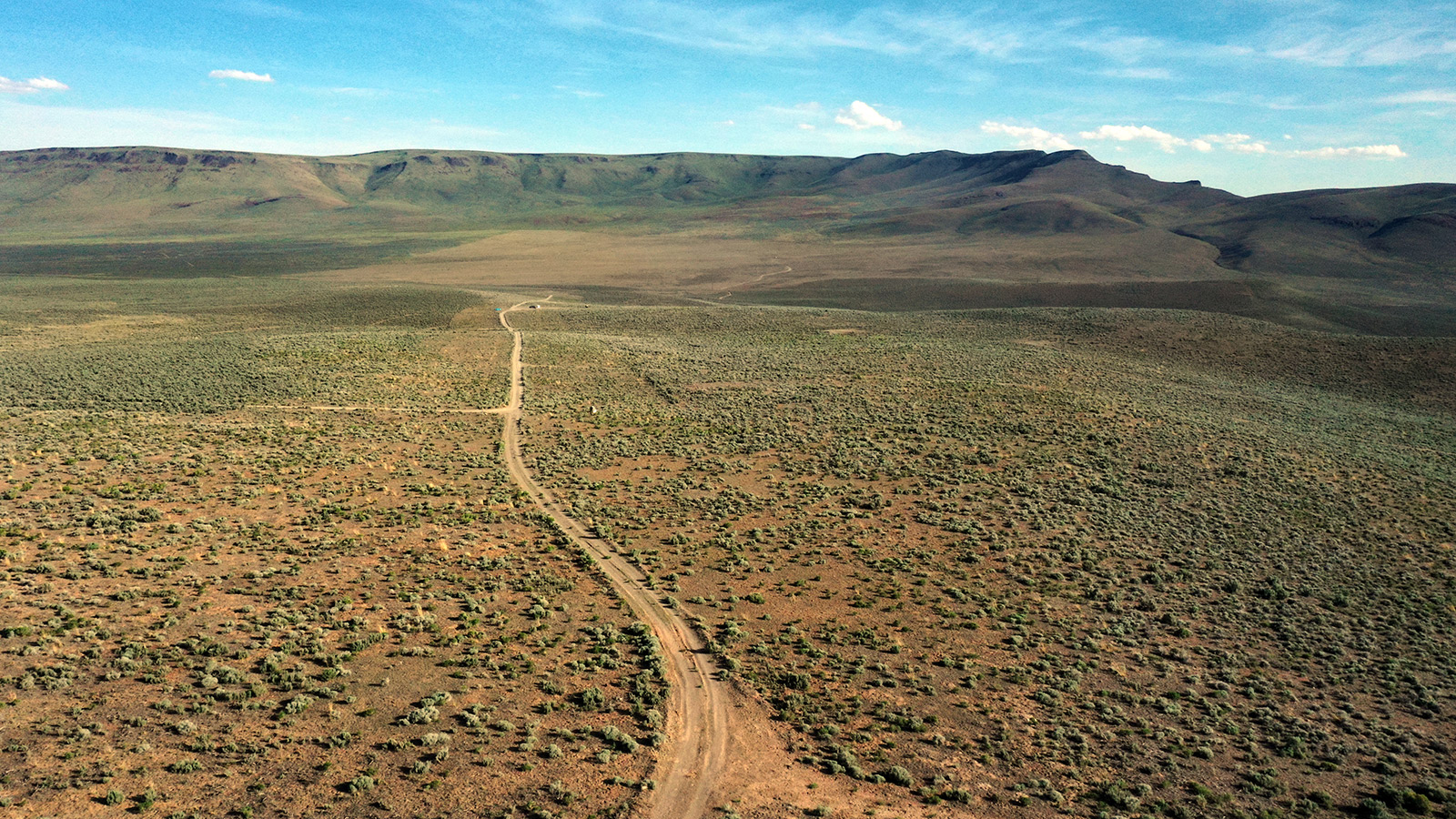
This story was originally published by the Nevada Current.
A federal analysis released Tuesday confirmed Southern California’s Salton Sea contains enough lithium to meet the nation’s needs for decades.
Salton Sea has the potential to produce an estimated 375 million lithium batteries for electric vehicles — more than the total number of vehicles currently on U.S. roads, according to the analysis commissioned by the Department of Energy.
Those numbers dwarf the estimated lithium deposits available in Nevada’s Thacker Pass, long touted as the largest known source of lithium in the nation.
The long-awaited analysis was conducted by DOE’s Lawrence Berkeley National Laboratory. It’s the most comprehensive analysis to date quantifying the domestic lithium resources in California’s Salton Sea region.
If the Salton Sea lithium can be extracted, it could give the U.S. the ability to produce domestically sourced lithium, ending the nation’s dependence on rival countries for a supply of the metal.
“Lithium is vital to decarbonizing the economy and meeting President Biden’s goals of 50 percent electric vehicle adoption by 2030,” said Jeff Marootian, DOE secretary for energy efficiency and renewable energy. “This report confirms the once-in-a-generation opportunity to build a domestic lithium industry at home while also expanding clean, flexible electricity generation.”
But that opportunity hinges on whether emerging technologies can make extracting lithium from brine cost-effective on a commercial scale. Over the last 12 months, the price of lithium has plummeted from roughly $85,000 per metric ton to less than $19,000, a plunge attributed to increased global production and unexpectedly soft demand.
Generating electricity from the Salton Sea, a geothermal hot spot, requires extracting hot brine from underground aquifers to produce steam that drives turbines. Brine used for geothermal energy also happens to be rich in lithium that can theoretically be extracted in a more environmentally friendly closed system.
The Salton Sea is believed to have the highest concentration of lithium, contained in geothermal brines, in the world.
Some researchers say integrating lithium extraction into geothermal operations can minimize the environmental impact of conventional lithium mining practices, like open-pit mining or evaporation ponds.
Three companies — Berkshire Hathaway Energy, EnergySource, and Controlled Thermal Resources — have been working for years on plans to extract lithium by taking advantage of the Salton Sea’s rich geothermal resources.
Berkshire Hathaway Energy, the sprawling holding company with multiple subsidiaries, including NV Energy, already operates 10 geothermal power generating plants on the southern shore of the Salton Sea, and recently commissioned a pilot facility to test the feasibility of extracting lithium from brine.
Estimates for lithium in the Salton Sea were modeled using the average annual brine production from existing geothermal plants in the region and the concentration of lithium in the brine, according to the report.
However, the DOE warns that those findings are based on existing companies’ ability to access the entire Salton Sea geothermal reservoir for electricity production, and their ability to fully extract lithium resources from geothermal brines.
In recent years, the federal government has invested in brine lithium extraction, providing $11 million in DOE funding to develop and accelerate technologies for extracting and converting battery-grade lithium from geothermal brines.
The state of California is also leaning into the development of lithium extraction in the Salton Sea.
In 2020, the California State Legislature established a commission to investigate and analyze lithium extraction in California, including recommendations to expand lithium extraction from geothermal brines in the region.
California Governor Gavin Newsom has referred to the Salton Sea as “the Saudi Arabia of lithium production,” and the state last year established a lithium extraction tax of up to $800 a ton.
Residents of Niland, California — the closest community to a geothermal plant — said they believed a combined lithium extraction and geothermal energy production facility would have a positive impact on the local community, with slightly higher scores for geothermal compared to lithium extraction, according to a survey conducted by the DOE. However, surrounding communities in additional surveys did express concern about environmental impacts and air quality.
Lithium extraction in the Salton Sea may represent a rare consensus among conservationists, local populations, and industry, as mining projects face substantial community concern and backlash in Nevada and other parts of the country.
In Nevada, several Native American tribes have filed lawsuits against the proposed Thacker Pass mine, arguing the mine would desecrate a sacred site and violate federal preservation law and land policy.
Conservation groups have also fiercely opposed a planned lithium mine at Rhyolite Ridge in Esmeralda County, overlapping the only known population of the Tiehm’s buckwheat plant, a rare wildflower listed as endangered by the U.S Fish and Wildlife Service last year.







